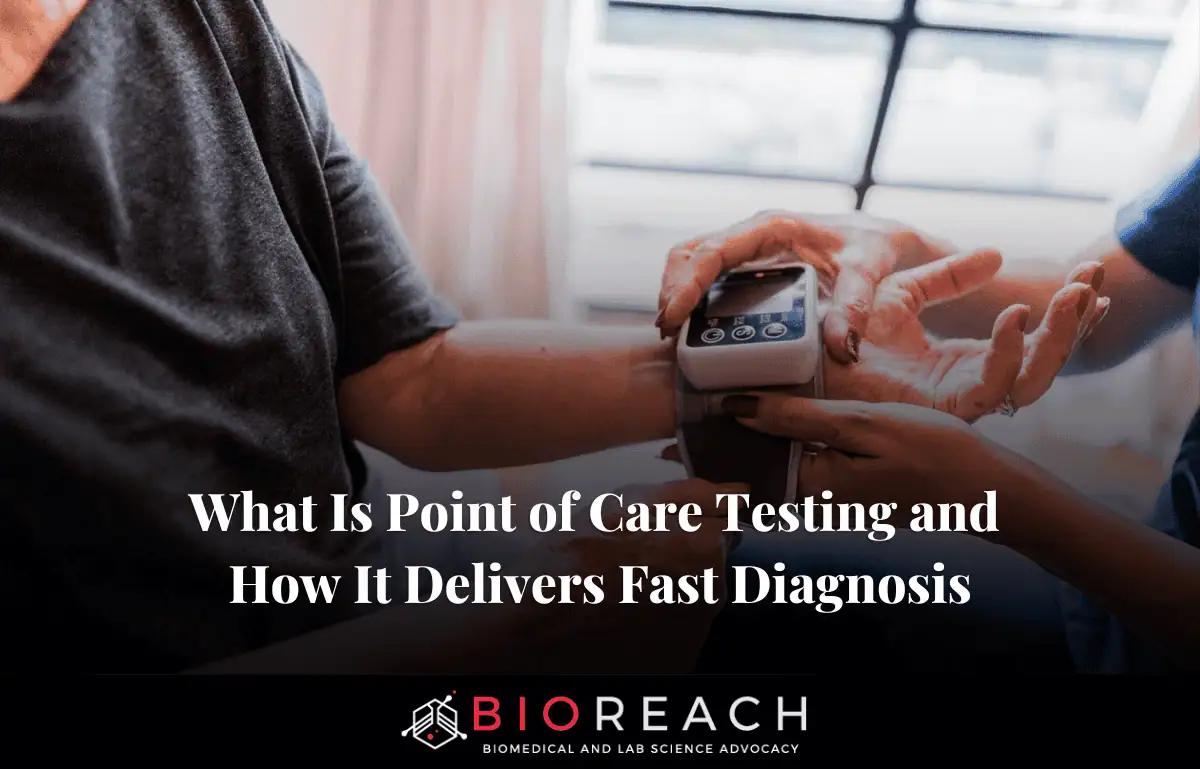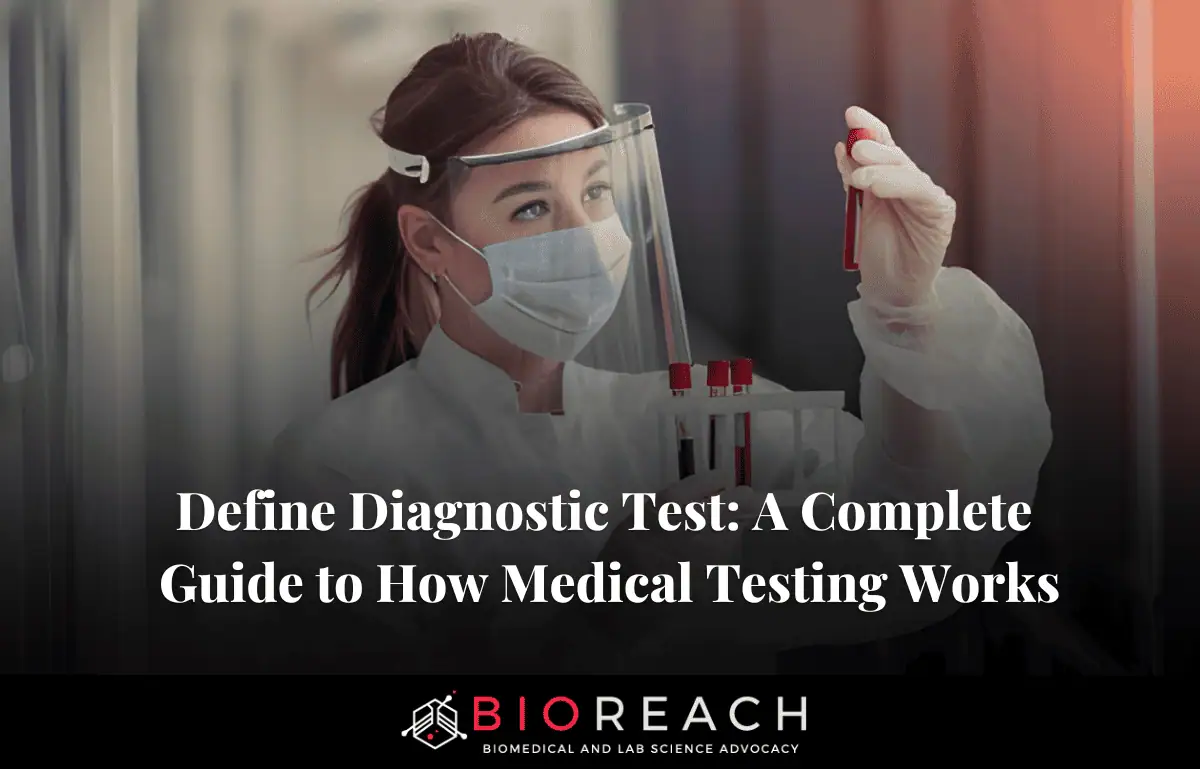What is point of care testing? It’s a game-changer in urgent medical scenarios, delivering laboratory-quality diagnostic results right at the patient’s side. Whether it’s a child with a 104°F fever in a remote Alaskan village, an elderly patient clutching their chest in a busy urban ER, or hundreds of people needing rapid malaria screening in a refugee camp, waiting days for lab results isn’t an option. Point-of-care testing (POCT) uses portable, often handheld devices that require minimal samples and no centralized lab, turning minutes into lifesaving action.
In 2025, POCT accounts for 32% of the $98 billion global diagnostics market, up from 18% in 2019, according to Grand View Research. Over 1.8 billion POCT assays are performed annually worldwide, influencing 45% of emergency decisions and 25% of primary care visits. This comprehensive guide unpacks what is point of care testing is in depth: its defining principles, technological ecosystem, clinical workflows, real-world deployments, accuracy benchmarks, regulatory landscape, economic models, equity challenges, and the AI-driven future unfolding by 2030. Whether you’re a clinician racing against sepsis, a parent managing diabetes, or a public health officer containing an outbreak, understanding POCT equips you to harness speed without sacrificing precision.
What is point of care testing? Core Criteria and Evolution
To answer what is point of care testing is with precision, the Clinical and Laboratory Standards Institute (CLSI) defines it as medical diagnostic testing performed outside the clinical laboratory in proximity to where the patient is receiving care. Four pillars distinguish POCT: proximity to the patient, speed with results often in under 30 minutes, simplicity for non-lab personnel, and connectivity to electronic health records.
POCT traces its origins to the 1970s with simple urine dipsticks and glucometers. The 1990s introduced cartridge-based systems like i-STAT for blood gases. The COVID-19 pandemic supercharged adoption; Abbott’s BinaxNOW antigen test shipped 1.2 billion units by 2024. In 2025, the FDA has cleared over 1,400 POCT devices under CLIA-waived status, meaning they are simple enough for nurses, paramedics, or patients to operate after brief training.

The POCT Technology Stack: From Cartridges to Cloud
Modern point-of-care testing relies on integrated innovations that make complex assays portable. Sample interfaces use microfluidic chips or lateral flow strips. Detection methods include electrochemical sensors, optical fluorescence, or magnetic beads. Power sources range from batteries to solar panels for remote areas. Data transmission occurs via Bluetooth, 5G, or NFC for seamless EHR integration.
Key examples in 2025 include Abbott ID NOW for isothermal nucleic acid amplification, Roche cobas Liat for real-time PCR in 20 minutes, Hemex Health’s Gazelle for malaria and sickle cell detection, and Dexcom G7 for continuous glucose monitoring with auto-uploads. Of all POCT devices, 68% are CLIA-waived, 22% moderate complexity for physician offices, and 10% high complexity for near-patient hospital use.
Clinical Workflows: Where POCT Intercepts the Care Pathway
What is point of care testing in daily practice? It integrates at critical decision points across healthcare settings. In emergency triage, lactate and troponin POCT risk-stratifies chest pain patients, reducing door-to-ECG time by 18 minutes according to a 2024 JAMA study. Paramedics in ambulances use i-STAT for electrolytes to guide stroke thrombolysis en route. ICUs perform glucose POCT every 30 minutes to titrate insulin and cut hypoglycemia by 42%.
Primary care clinics deploy HbA1c POCT with Siemens DCA Vantage to adjust diabetes medications same visit. Public health teams in refugee camps use SD Bioline malaria rapid diagnostic tests for active case finding. A 2025 Lancet study across 42 hospitals showed POCT-driven sepsis protocols shortened antibiotic initiation from 3.1 to 1.4 hours, improving survival by 9%.

Accuracy and Validation: Debunking the “Rapid but Inaccurate” Myth
Concerns about POCT reliability persist, but 2025 data demonstrate laboratory-comparable performance. The WHO’s Essential Diagnostics List includes 22 POCT assays with over 95% concordance to reference methods. Internal quality controls and external proficiency testing are mandatory, with non-compliant devices auto-locking to prevent errors.
- COVID-19: Abbott ID NOW – 97.1% sensitivity, 98.9% specificity vs. lab PCR
- Troponin I: Siemens Atellica VTLi – 96% sensitivity, 97% specificity vs. Roche Elecsys
- INR: Roche CoaguChek XS – 98% sensitivity, 97% specificity vs. Sysmex CA-1500
- Malaria: CareStart RDT – 99.2% sensitivity, 99.5% specificity vs. microscopy
Real-World Deployments: POCT Saving Lives on Five Continents
POCT proves its value in diverse, high-stakes environments worldwide. At Alaska Native Medical Center, i-STAT Alinity in village clinics reduced sepsis TAT from 4 hours to 18 minutes, dropping mortality from 28% to 11% and saving $4.2 million annually in transport costs. Médecins Sans Frontières deployed 14 solar-powered Cepheid GeneXpert units during South Sudan’s 2024 Ebola outbreak, testing 3,800 samples in 21 days with 97% negative predictive value for safe discharge.
NHS Urgent Treatment Centres in the UK use LumiraDx multi-assay platforms for CRP, hemoglobin, and influenza, managing 63% of patients without GP referral and saving £18 million yearly. On X in November 2025, @ERDocLife shared a paramedic using Qvin’s menstrual blood pad for anemia POCT, diagnosing iron deficiency in 5 minutes and starting IV iron in the ambulance.
Economic Models: Cost per Test vs. Cost per Outcome
POCT unit costs range from $5- $40 per test compared to $1–$10 in central labs, but outcomes justify investment. Emergency department length of stay drops 39%, unnecessary admissions fall 59%, and antibiotic misuse decreases 65%. Total cost per sepsis case declines 23% from $18,400 to $14,100. A 2025 Health Affairs analysis of 1.2 million ED visits found POCT generated $2.8 billion in U.S. savings through avoided hospitalizations.

Regulatory and Quality Framework: Ensuring Trust at the Point of Care
Robust oversight maintains POCT integrity. A CLIA waiver requires less than 5% error risk by intended users. ISO 22870 mandates quality management with training logs and competency checks. FDA’s SaMD pathway validates software-only POCT like ECG apps for cybersecurity. IHE PAHM standards ensure 92% of 2025 devices integrate with EHRs. The Joint Commission audits POCT programs annually, with non-compliance fines up to $500,000.
Equity and Access: Bridging the POCT Divide
Disparities limit POCT reach. Fewer than 15% of health facilities in low- and middle-income countries have reliable POCT per WHO 2025 data. In rural U.S., 41% of critical access hospitals lack more than three POCT assays. Uninsured patients face $30-$100 out-of-pocket costs.
- Gavi subsidizes HIV viral load POCT in 40 countries
- USAID’s DREAMS program deploys solar POCT hubs in sub-Saharan Africa
- U.S. HRSA grants fund POCT in 1,200 federally qualified health centers
Challenges and Risks: The Hidden Costs of Speed
Operator error causes 15% of POCT failures despite training. Supply chain fragility disrupts cartridge availability. Data silos fragment results across vendors. Over-reliance on POCT without reflex confirmation risks missed diagnoses- a 2025 NEJM report cited three sepsis deaths from false-negative CRP.
Mitigations include lockout after three failed internal quality controls, 3D-printed cartridges in pilots, Altera POC middleware for 12-vendor aggregation, and clinical decision support flagging POCT limitations.
The 2030 Horizon: AI, Implants, and Ambient POCT
By 2030, what is point of care testing will expand dramatically. Implantable chips like Medtronic’s glucose-kidney marker auto-dose insulin. Smart toilets, such as Withings U-Scan Pro, analyze urine for UTIs and pregnancy. Viz.ai POCT apps read ambulance ECGs and alert cath labs.
Drone-delivered malaria RDTs serve the Amazon basin. The market reaches $165 billion, with 55% of tests performed at the point of care.
Conclusion
What is point of care testing in 2025? It democratizes diagnostics, delivering gold-standard accuracy in the palm of a clinician’s hand, the backpack of a community health worker, or the pocket of a diabetic patient. From slashing sepsis mortality in Alaska to containing Ebola in Sudan, POCT compresses diagnostic timelines from days to minutes, saving $2.8 billion annually in the U.S. alone. Speed must never outrun safety, robust training, connectivity, and equity programs remain essential.
Providers should integrate POCT into protocols with clear reflex rules. Patients must demand transparency on test limitations. Policymakers need to fund POCT as infrastructure, not add-ons. The fast lane to diagnosis isn’t just faster, it’s smarter, fairer, and more human than ever. In an era of pandemics and aging populations, point-of-care testing isn’t a convenience; it’s a necessity, rewriting medicine one rapid test at a time.














